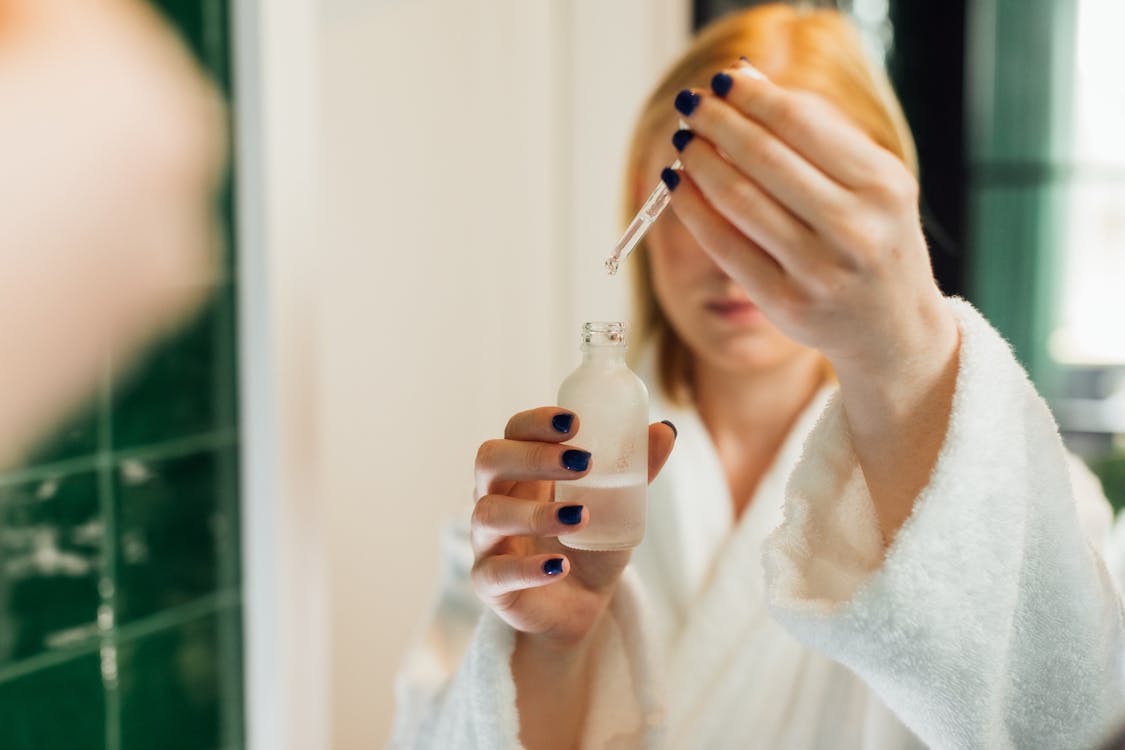How to Incorporate Retinol into Your Skincare Routine
Retinol, a derivative of vitamin A, is a powerful ingredient known for its anti-aging and skin-renewing properties. If you're looking to improve your skin's texture, reduce fine lines, or combat acne, incorporating retinol into your skincare routine can be a game-changer. However, using it correctly is crucial to avoid irritation and maximize its benefits. Here’s a comprehensive guide on how to incorporate retinol into your skincare routine.
Understanding Retinol
What is Retinol?

Retinol is a type of retinoid, which are compounds derived from vitamin A. It’s widely used in skincare due to its ability to accelerate cell turnover, stimulate collagen production, and unclog pores. This results in smoother, firmer skin and a reduction in fine lines and acne.
Benefits of Retinol
- Anti-aging: Reduces fine lines and wrinkles by boosting collagen production.
- Skin Texture: Promotes cell turnover, leading to smoother and more even skin.
- Acne Treatment: Helps to clear clogged pores and reduce acne breakouts.
- Hyperpigmentation: Fades dark spots and evens out skin tone.
Steps to Incorporate Retinol into Your Skincare Routine
1. Start Slowly
When introducing retinol to your routine, it's essential to start slowly. Begin with a lower concentration (0.25% to 0.5%) and apply it once or twice a week. Gradually increase the frequency as your skin builds tolerance. This approach minimizes the risk of irritation, redness, and peeling.
2. Cleanse Your Face
Before applying retinol, cleanse your face with a gentle cleanser. Avoid harsh or exfoliating cleansers that can further irritate the skin. Pat your skin dry with a soft towel.
3. Apply Retinol
Apply a pea-sized amount of retinol to your face, avoiding the eye area and corners of the mouth. These areas are more sensitive and prone to irritation. If you're using other serums or treatments, apply retinol after they have fully absorbed.
4. Moisturize
Retinol can be drying, so it's important to follow up with a good moisturizer. Look for a hydrating and soothing moisturizer that helps to lock in moisture and reduce the potential dryness and irritation caused by retinol.
5. Sun Protection
Retinol makes your skin more sensitive to the sun. Always apply a broad-spectrum sunscreen with SPF 30 or higher during the day, even if you’re staying indoors. This step is crucial to protect your skin from UV damage and prevent further irritation.
6. Nighttime Use
Retinol is best used at night because it can make your skin more sensitive to sunlight. Incorporate it into your nighttime skincare routine for optimal results.
Tips for Using Retinol
Be Patient
Retinol takes time to show visible results. It can take several weeks to months of consistent use before you notice significant improvements in your skin. Patience and consistency are key.
Monitor Your Skin
Pay attention to how your skin reacts. If you experience excessive dryness, redness, or peeling, reduce the frequency of use or switch to a lower concentration. Every skin type is different, and it's important to find the right balance.
Pair with Soothing Ingredients
To mitigate potential irritation, pair retinol with soothing ingredients like hyaluronic acid, ceramides, and niacinamide. These ingredients can help maintain your skin’s barrier and keep it hydrated.
Conclusion
Incorporating retinol into your skincare routine can provide remarkable benefits for your skin, from reducing signs of aging to improving texture and treating acne. By starting slowly, moisturizing adequately, and protecting your skin from the sun, you can enjoy the full benefits of retinol with minimal side effects. Remember, consistency and patience are crucial for achieving the best results.

 Cricket Score Counter
Cricket Score Counter Heads or Tails
Heads or Tails
You have not logged in, please Login to comment.